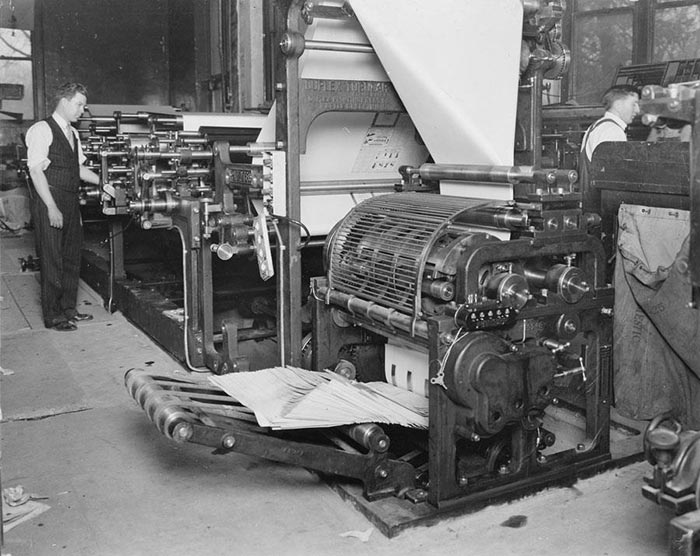
IBM discovers new recycling process to convert old smartphones and CDs
Dow cutting 2500 jobs in Dow Corning integration
A. Schulman sues form Citadel owners for claiming fraudulent business practices
A. Schulman still sees benefits from acquisition of Citadel
Man dies in press accident at injection molder in Auburn Hills MI
New lubricated TPV challenges rubber in gaskets and seals
BASF launches new global pigments brand
Company develops long glass fiber reinforced polyolefin sheet
The next target of the anti-plastic crowd: your garden hose
Polypropylene prices lowest since 2009
DSM launches new polyamides for die cast metal replacement







